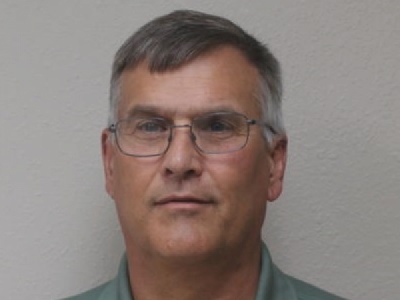
Posted on November 13, 2018
Well, it is probably time to discuss the elephant in the town, Lake Mitchell.
During my door to door campaign for office, not one comment was negative about “fixing” Lake Mitchell, when an opinion was voiced. Though admittedly some people with opinions against reparation may have chosen to remain silent. It appeared those willing to voice an opinion had comments which were in favor of doing something to improve Lake Mitchell, but what actions to take had quite the variety to them. They ranged from dredging, to work the watershed to improve water quality, to place inexpensive solutions to rid it of phosphorus and sediment.
Let me first address placing “things” in the lake to rid it of “all that is bad.” Despite what we have been told through various sales representatives of numerous potions, substances, and biological elixirs, we cannot place things in our lake without approval from the South Dakota Department of Environment and Natural Resources (DENR), at least not without causing an investigation and possible fine levies from DENR, and the EPA, who gives DENR authority to act on their behalf.
So, if any of the representatives want to have discussion, they first must gain prior approval from DENR for the use of their product in public waters. So far, no one has been able to attain that approval, or at least no one that has contacted the city. We have not ruled anybody out, but we have required them to have the approval and proof of that approval before any discussions take place with the city.
Steven M. Pirner, PE, Secretary for SD DENR puts out a report to Region 8, United States Environmental Protection Agency yearly. That report is on water quality and the most recent report is “The 2018 South Dakota Integrated Report for Surface Water Quality Assessment,” and it lists Lake Mitchell as a non-contact body of water in South Dakota. Lake Mitchell is by no means the only lake on the list, but it seems to be the only lake with a sizeable population base which uses it for recreation. It also shows Lake Mitchell as no longer suitable for a source of domestic water supply. This should get our attention and have us working to make improvements.
This summer’s testing found extremely high levels of phosphorus in our lake, and the chlorophyll levels were high, pointing to the possible presence of toxins in the lake water. Our tests, taken on approximately 18 different dates, at five separate locations, showed excess chlorophyll 17 of the 18 dates, and excessive Microcystin in two of the test dates. Phosphorus levels were considered off the chart, which leads to algae blooms and keeps the chain of undesirable events moving. We have a goal of 80 parts per billion, and would prefer even lower amounts than that, and the tests on every date and at each location indicated amounts over 500 parts per billion at the lowest level.
What can be done to improve the watershed and Lake Mitchell? Simply put, we need wetlands in the watershed, and we need to remove the sediment via dredging. The wetlands remove the undesirable nutrients as the water makes its way through Firesteel Creek and into Lake Mitchell. However, that alone does not get us a better lake, it merely puts us on the way to a better lake. Once we clean the water in Firesteel Creek, it is able to more readily absorb the phosphorus in the sediment sitting at the bottom of Lake Mitchell, creating the same conditions we currently are experiencing. So, to effectively clean up the ecosystem as a whole, we must dredge Lake Mitchell in addition to improving the watershed.
How do we pay for this work? Great question, we are looking into what options might be available. The Lake Advisory Committee has been asked to research options that might be available for grants, and other methods of obtaining capital to pay for necessary work.
Likewise, the city continues to review prospects for funding, and possible partners in getting some of the work accomplished. We are having discussions and working with outside agencies and producers in the watershed to try and accomplish improved water in Firesteel Creek. We continue to review options for solutions in Lake Mitchell, as well. Regardless of what we can get done, the overall solution will require time; time for wetlands to establish themselves and remove nutrients, and time to find a funding mechanism for work on Lake Mitchell.
Source: The Daily Republic





